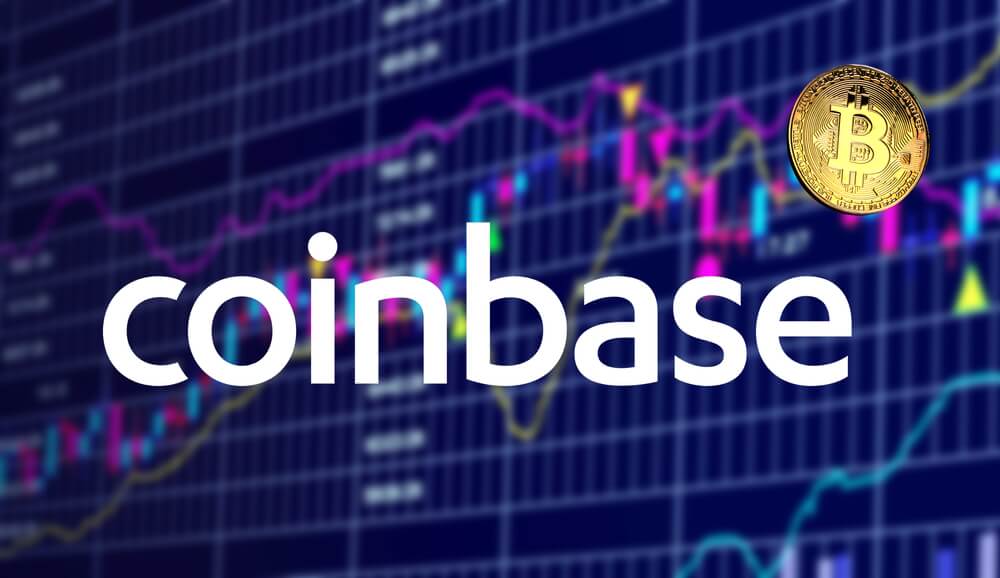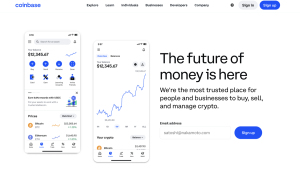What is Wrapped Ether (wETH)?
Wrapped ether (wETH) is a tokenized version of the ether (ETH) cryptocurrency. Wrapped tokens are pegged to the value of the original coin or token at a rate of 1:1 and can be unwrapped – or converted back – at any time.
The concept is similar to that of stablecoins, which are pegged to the value of the U.S. dollar or another currency. Almost every major cryptocurrency has a wrapped version, including ether, bitcoin (BTC), BNB, and AVAX. The only costs involved are the transaction fees.
Why Was wETH Created?
The Ethereum blockchain is the first popular smart contract platform for developers to build decentralized applications (dApps). As the blockchain ecosystem has expanded, the need for interoperability between different blockchains and decentralized platforms has given rise to the concept of wrapped tokens such as wrapped Ether.
Wrapped tokens were designed to facilitate interoperability, as the native coins from one blockchain cannot be used on any other blockchain. For instance, BTC cannot be used on the Ethereum blockchain and vice versa.
Wrapping coins and applying another blockchain’s token standard allows them to be used on that blockchain and in any dApps built using that standard.
Wrapping – or tokenizing ETH – makes it compatible with the ERC-20 standard that is common to tokens built on the Ethereum network. This allows Ether to be used in any dApps and smart contracts that are designed to accept ERC-20 tokens.
Why Is It Necessary to Wrap Ether?
Ether itself does not comply with ERC-20, which was created in 2015 after ETH was launched. While ETH is used to pay for transaction processing (gas fees), on the Ethereum blockchain, it needs to be converted to wETH to be exchangeable for other ERC-20 tokens.
Users that convert their ETH into wETH can provide liquidity to decentralized exchanges (DEXs), use their funds for lending or collateral, or engage in yield farming through decentralized finance (DeFi) apps. Unlike ETH, wETH cannot be used to pay gas fees.
How Does Wrapped Ether Work?
To wrap ETH coins into interoperable wETH tokens, the holder deposits the ETH from their digital wallet into a smart contract, which creates an equivalent amount of wETH and sends them back to the Ethereum address in the user’s wallet.
The smart contract locks the original ETH so that it is secure – and visible in the contract on the blockchain – while the holder uses the wETH. This means the wETH is always backed by a reserve of ETH. The user can only access the locked ETH when they convert back the same amount of wETH. When wrapped ether is exchanged back into ether, the wrapped tokens are burned, or removed from circulation.
ETH holders can change their coins for wrapped ETH by sending them to a smart contract or swapping them on a cryptocurrency exchange. Traders can also swap other tokens for wETH on an exchange.
The steps to wrap ETH on an exchange are as follows:
- Connect your wallet to a cryptocurrency exchange. Choose an exchange that supports token wrapping and unwrapping, such as Uniswap, Kyber Network, or 0x Protocol.
- Deposit ETH for wrapping. Select the wrap or deposit option on the exchange. Enter the amount of ETH to wrap and confirm the transaction.
- Receive wETH. The exchange confirms the transaction and sends the wETH to the ETH address in the wallet, which can be used in dApps.
- Unwrap wETH. Unwrapping ether from wETH back to ETH simply reverses the process. Holders can unwrap their tokens manually through a smart contract or swap them on an exchange.
Using wrapped coins can reduce transaction times and gas fees by transferring them to other blockchains, as the Ethereum blockchain can become congested during peak periods.
However, it is important to note that wrapping coins involves entrusting a custodian to facilitate the swap and hold of the original coins, which can carry risks such as hacking, and smart contracts can be vulnerable to coding errors or malicious attacks.
Future of Wrapped Tokens
The concept of wrapped tokens has gained traction within the blockchain, and there are wrapped versions of various cryptocurrencies, including BTC and ETH, enabling them to be used across blockchains.
By enabling cross-chain interoperability, wrapped tokens allow the assets from one blockchain to be transferred and used on another, expanding the potential use cases for different cryptocurrencies and fostering collaboration.
As the DeFi ecosystem continues to expand, wrapped tokens like wETH will provide liquidity and enable seamless interactions within protocols. This has the potential to increase the adoption of blockchain technology and cryptocurrencies.
It is worth noting over the longer term, however, Ethereum’s developers aim to eventually update the codebase for ether to make it ERC-20 compliant, which would make wrapped ether redundant.
The Bottom Line
Wrapped ether is a workaround for the lack of interoperability between blockchains and decentralized applications. Wrapped tokens enable blockchains to interact and facilitate the trading or exchange of cryptocurrencies across platforms. This fosters the development of a more decentralized ecosystem.
Unlike ETH, wETH is compatible with the ERC-20 standard, allowing holders to use their ether in dApps. Wrapped tokens such as wETH can provide cross-chain stabilization, as they help to maintain consistent prices.
As Ethereum’s developers continue to implement network upgrades, the blockchain is moving towards increased interoperability, which could eventually see the use of wETH phased out.





